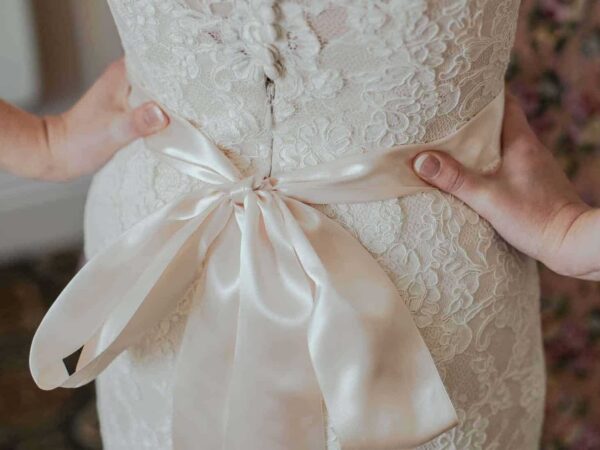
Many people love buying vintage clothing and it’s become a fashionable trend to wear vintage or retro fashion.
There are more and more shops specialising in selling vintage attire, but anyone who’s already shopped for vintage clothes knows only too well how tricky it can be to get the right fit for you.
We’ve put together this guide offering insight into why vintage clothing sizes differ so much from modern sizes, plus practical tips to help you ensure you always get the right fit for you when buying your vintage clothes.
Many women are drawn to the charm of buying vintage clothing. Some people love the old fabric colours and designs, for others it’s the style of the clothing that appeals or the chance to wear something that no-one else will have.
Whatever your reasons for choosing vintage clothes, one of the common issues experienced is a problem getting the right size and fit.
Some items of vintage clothing come labelled with a size, whereas other don’t have a size listed at all. However, even where there is a size listed, the actual size can be vastly different than expected.
Women’s body shapes have changed a lot over the years and that is reflected in fashion, plus the average size of people’s waists has increased too.
For example, a vintage 1950s dress in a size 16 may actually be nearer a modern day UK size 12 and be aimed at a small waisted, hourglass body shape.
Due to women having smaller sized waists in previous decades, it’s sometimes also harder to find nice pieces in larger sizes.
Another issue to keep in mind is that women also tended to be shorter, so skirts or dresses may not be as long in length as you’d expect.
Measuring Vintage Clothes
As a rough guide, vintage clothing sizes may be up to two sizes smaller than you expect, so at its most basic, you could simply buy bigger sizes.
However, this isn’t always practical and is a bit of a hit and miss approach. In order to get exactly the right fit for vintage clothes it’s useful to either be able to try on the item of clothing before you buy it or take its measurements.
If you’re going to take the measurements of a piece of vintage clothing you’ll need to take the bust, waist and hip sizes.
In conjunction with this, you also need to take your own measurements, so you can compare the sizes.
When you’re examining the measurements of clothes with a view to buying, you may also need to allow a bit of extra room for a comfortable fit.
This is due to the fabrics that many vintage clothes are made of – they may not have quite the same amount of stretch or ‘give’ in them that modern day fabrics have, which causes them to be much more clingy and tight when worn.
If you don’t mind doing a few alterations, then you could always let the hem down on skirts or dresses or add a few nips and tucks as required to finalise getting the right fit.
Vintage clothing can look great and it’s fun to hunt down unique pieces. As long as you’re aware of sizing differences and fitting issues and take practical steps to deal with this, then buying vintage fashion should be very rewarding.

